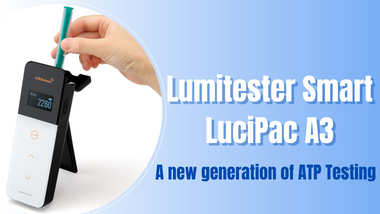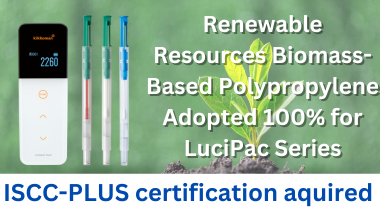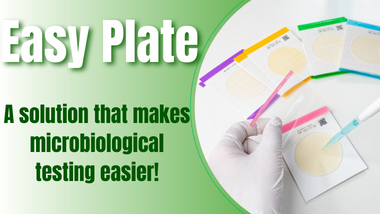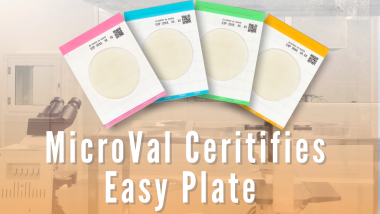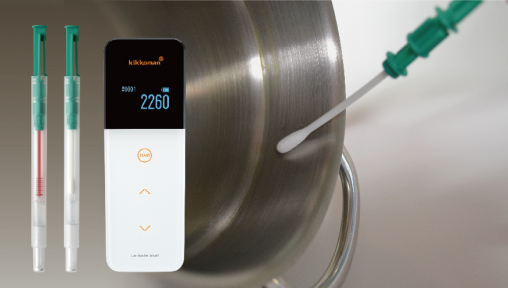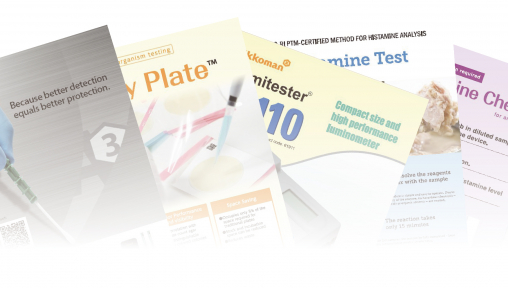Enhancing Allergen Control with the ATP Test (Kikkoman A3)
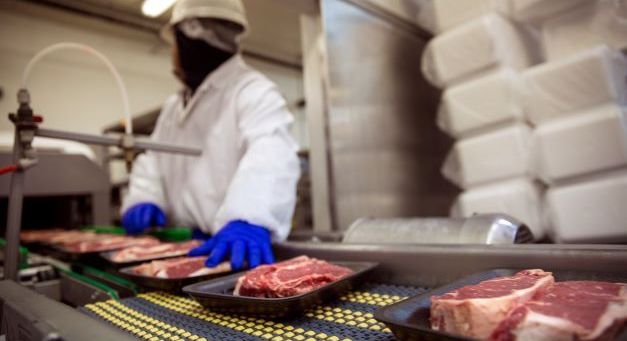
About the Presenter
Takayasu Watanabe Product Development Division, Kikkoman Food Products Company
Mr. Watanabe specializes in processed food development and is actively involved in establishing practical hygiene control systems to ensure food safety across manufacturing lines.
Introduction
Controlling food allergens is a growing challenge in the food manufacturing industry. Unintended cross-contamination of allergens—especially in meat processing environments—can cause serious health risks and lead to costly recalls. In a seminar presented by Mr. Takayasu Watanabe from Kikkoman Food Products Company, a case study was shared showcasing how ATP Test (Kikkoman A3) is utilized to verify cleaning effectiveness and monitor allergen cross-contamination in real production settings.
The Role of ATP Testing in Allergen Control
Although the ATP Test does not directly detect allergenic proteins, it can effectively measure the presence of organic residues (ATP, ADP, AMP), providing a rapid and objective method to assess cleaning performance. The ATP Test (Kikkoman A3) is unique in detecting not only ATP, but also ADP and AMP, which improves sensitivity compared to conventional ATP-only tests. ATP measurement is performed using the Lumitester Smart instrument and LuciPac A3 swabs, with results expressed in Relative Light Units (RLU). Results are available within seconds, making it ideal for daily hygiene management.
Validation Study: Correlation Between ATP and Protein Contamination
To investigate the suitability of ATP testing for allergen control, the Kikkoman team conducted a three-step validation experiment:
1. Correlation Between Meat Weight and ATP Measurement
Meat samples (chicken breast, pork shoulder loin, and beef thigh) were prepared and diluted. ATP levels were measured and found to increase proportionally with the weight of the sample (See Figure 3–5).
2. Quantification of Protein Content
Using the Bradford method, total protein content in the same samples was measured. A clear correlation between ATP readings and protein content was established for all three meat types (Figure 6–7).
3. Establishing a Pass/Fail Limit: <500 RLU
Based on ATP and protein correlation data, a pass/fail limit of 500 RLU or less was shown to correspond to less than 1 ppm of cross-contaminating meat protein—a threshold considered safe under Japan’s allergen labeling exemption rules.
Example: If pork is processed before chicken and the equipment is insufficiently cleaned, residual pork protein could contaminate chicken. The study showed that when ATP readings were below 500 RLU, protein contamination levels were consistently below 1 ppm across all meat combinations (See Table 3).
Practical Use in Daily Hygiene Management
At Kikkoman, this ATP testing approach is implemented as follows:
- Swab areas (10 cm x 10 cm) are measured after cleaning.
- <500 RLU = Pass.
If higher: Re-cleaning is required, followed by re-testing.
- Frequency: At least once a month. Increased temporarily to validate cleaning methods or in case of risk.
- Complementary Testing: Occasional ELISA is used for species-specific protein confirmation.
A combination of rapid ATP screening and ELISA validation helps ensure safe allergen control from raw materials to finished products.
Important Disclaimer
The pass/fail limits, validation method, and allergen control procedures shared here are for reference purposes only. Each facility should establish its own limits based on actual risk assessment, processing flow, and applicable regulations.
Learn More: Allergen Monitoring Video Series:
3-part YouTube video series that will guide you through effective allergen monitoring practices using the ATP Test (Kikkoman A3).



